Jump To Section
Planning a trip to Venezuela in 2024? This South American gem teems with natural wonders and cultural richness. From the world’s highest waterfall, Angel Falls, to its vast Orinoco River and stunning Caribbean coastline, there’s so much you’ll want to explore.
Caracas sits proudly as its capital amidst these marvels. Despite challenges including civil unrest and advisories against travel, the spirit of Venezuela shines through especially during vibrant festivals like Festival de Virgen de Coromoto or the colorful Carúpano Carnaval. Get ready for an adventure unlike any other!
City Guides Overview
Here’s a concise breakdown of the key highlights of various cities in Venezuela:
| City | Attractions | Cuisine | Cultural Highlights | Must-Do Activities |
|---|---|---|---|---|
| Caracas | Avila National Park, Teleferico Waraira Repano | Arepas, Pabellón Criollo, Quesillo | Carúpano Carnaval, Diablos Danzantes, Festival de Virgen de Coromoto | Explore the city, enjoy local festivals, visit nearby mountains |
| Canaima | Angel Falls, Canaima National Park, El Sapo Waterfall | Cachapas, Arepas, Pabellón Criollo | Indigenous Pemon Culture, Villages around Angel Falls | Hike to Angel Falls, boat rides on Churún River, jungle trekking |
| Coro | UNESCO-listed Colonial Architecture, Paraguaná | Pastelitos, Arepas | Traditional arts, architecture, local markets | Stroll through historical streets, visit Paraguaná Beach, explore Taime Taime |
| Los Roques | White Sand Beaches, The Dutch Lighthouse | Fresh seafood | Caribbean-style beach culture, maritime traditions | Relax on beaches, water sports, explore remote islands |
| Orinoco Delta | Wildlife watching, Warao villages | Fish, tropical fruits, local delicacies | Indigenous Warao culture | Boat tours, fishing, visit Eco Camp, explore the delta |
| Mount Roraima | Tepui mountains, Roraima Falls | Pabellón Criollo, Arepas, Fresh juices | Pemon culture, nature reserves | Multi-day hike to the summit, wildlife observation, visit Gran Sabana |
Exploring Caracas Dynamic Culture
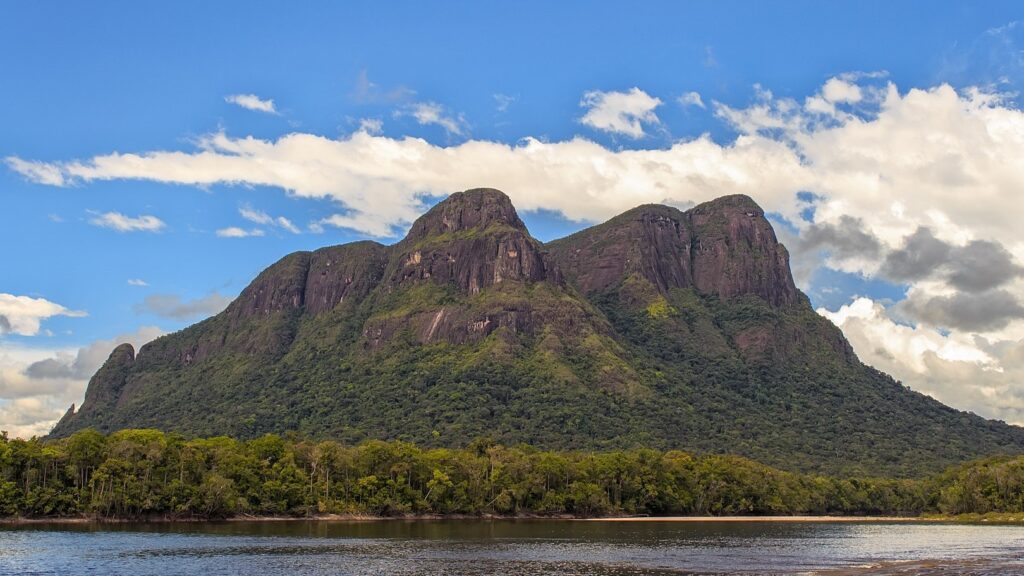


Caracas, the heart of Venezuela, pulses with a dynamic culture that draws you in. Here, every street and corner tells a story of resilience amid challenges. The city celebrates its heritage through vibrant festivals like Carúpano Carnaval and Diablos Danzantes which showcase an explosion of music, dance, and colors attracting crowds from all over.
These events reveal how traditions blend Spanish roots with African rhythms into something uniquely Venezuelan. Despite advisories against travel due to various crises, those who journey here discover more than headlines convey – warmth among people facing hardships together. Remember though; visiting requires careful planning for safety.
Festivals aren’t just annual highlights but lifeblood expressions of community strength and joy amidst difficulties.
Angel Falls Adventure Guide



You start with a hop off at Canaima, the gate to Angel Falls. Here, simple homes wait under big trees. A wooden canoe against Churún River’s push for three hours.
Expect rapid waters and moments needing more muscle than motor or oar can give. Walking beside these rapids might come next if water fights back too hard against your canoe’s path. Back in, you race waves until one splashes over – yet sun quickly dries clothes soon after.
Lunch floats to you as calm returns: sandwiches with drinks before reaching Devil’s Canyon hints that Angel Falls is near. Your legs then carry you up through jungle paths where shoes stay on – beware of hidden scorpions! Then it appears – Angel Falls spraying its cool mist from almost 1km high straight onto your face.
Swimming beneath this giant waterfall feels like a dream in December’s dry times; floating there looking up brings awe beyond words. Day two takes another twist with more falls waiting in Canima village itself amidst laughter and swims by local families’ sides as sunset paints skies above lagoon shores shared together. Your final day surprises again: parrots’ colors match their sounds by the lagoon–glinting reminders of nature woven into every step of this journey home from Venezuela’s heartlands around mighty Angel Falls.
Canaima National Park Treasures
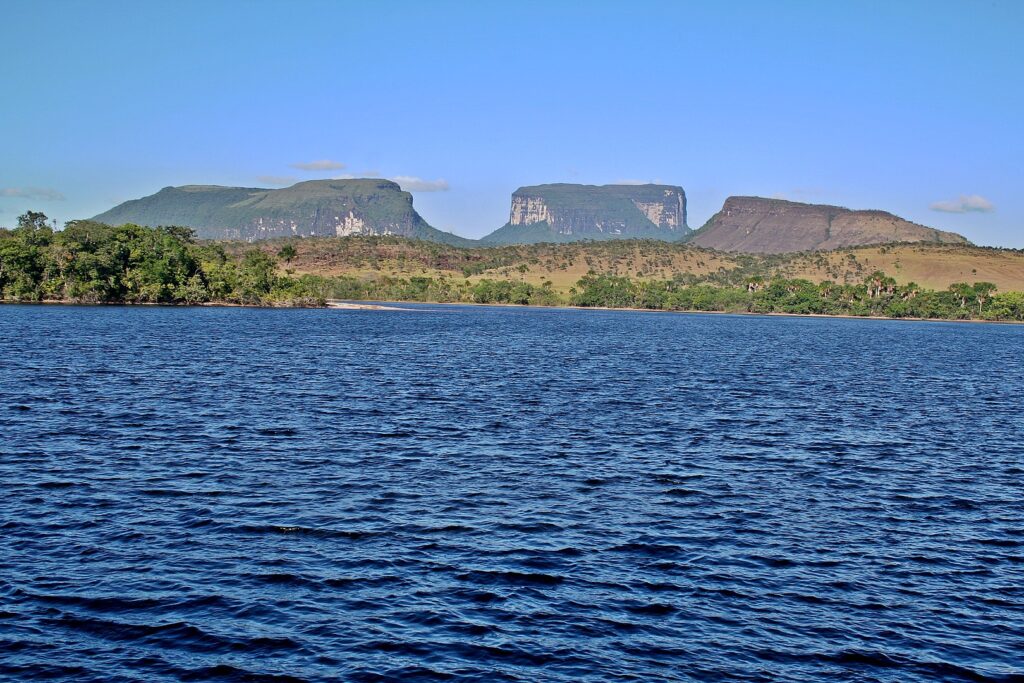
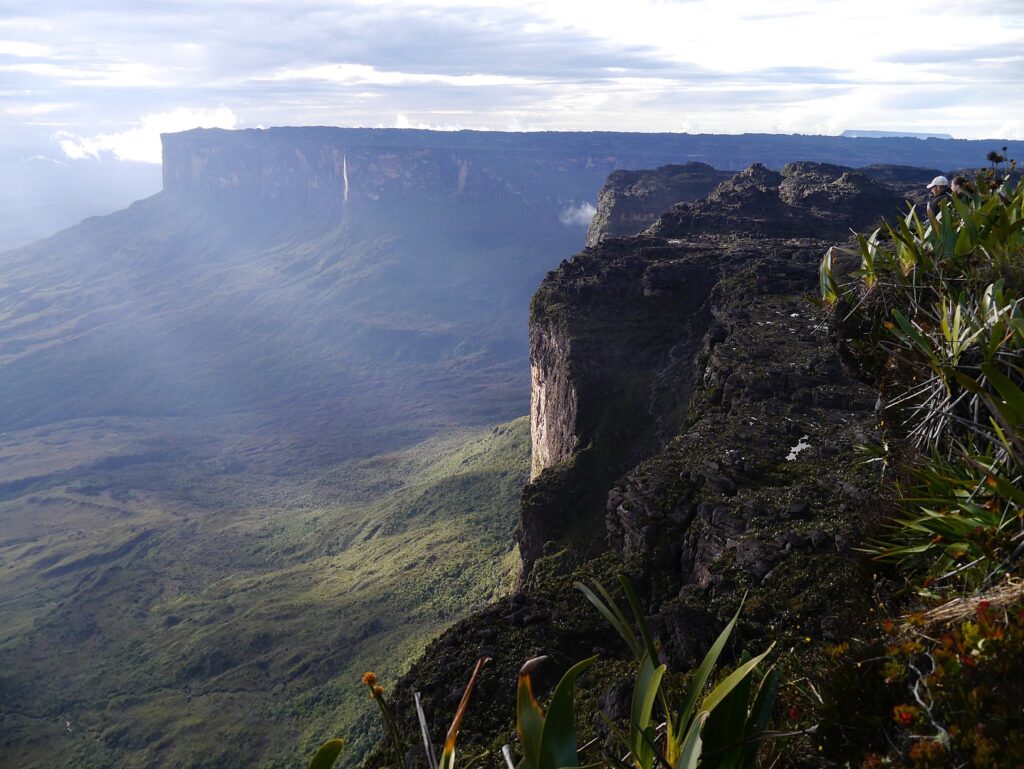
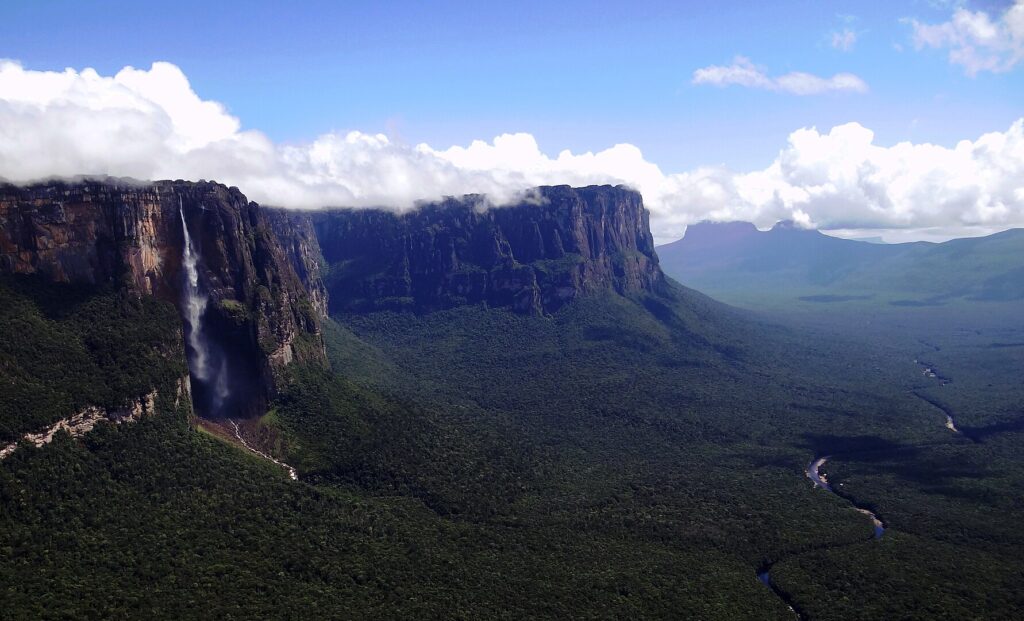

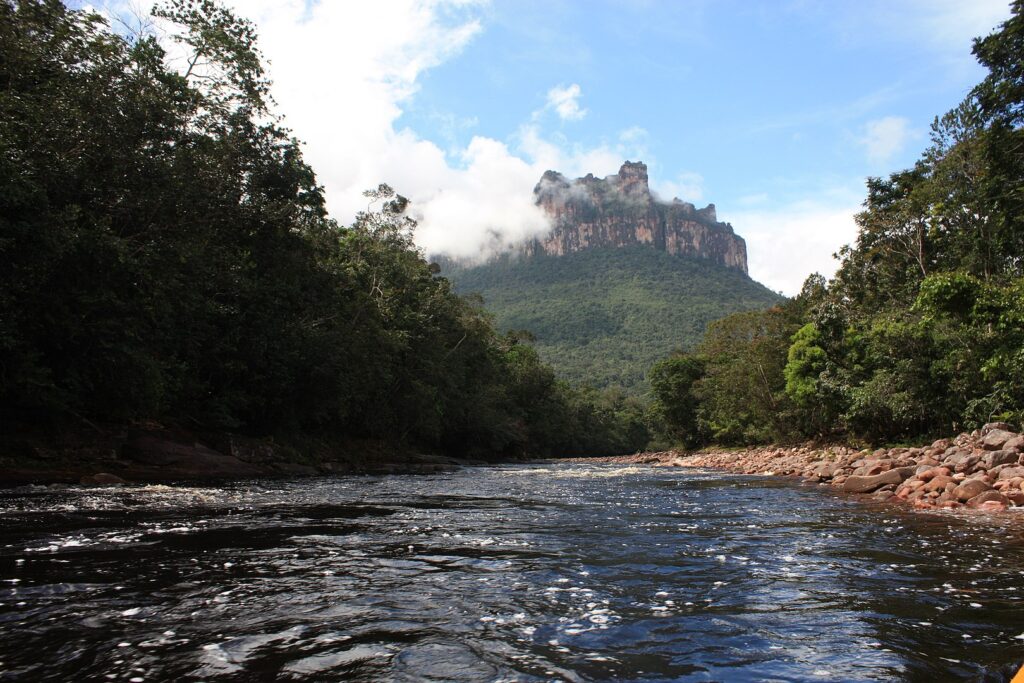
In Canaima National Park, you find yourself amidst stunning beauty. Start by climbing Mount Roraima’s peak. It’s an adventure you won’t forget.
Next, take a boat up the Churún River to see Angel Falls—the world’s highest waterfall. Relax at Canaima Lagoon or explore El Sapo Waterfall for more wonders. Considering a less traveled path?
Go along the Río Caura towards Para Falls where crowds thin out, letting nature’s voice grow louder. Best times for your visit are October and November when conditions are just right—August and September rains may hide views while dry months limit falls access. Our experienced team is here to help guide your journey through this diverse landscape that stretches toward the Orinoco River with its ancient cultures and vibrant wildlife scenes waiting around every bend.
Venezuelan Cuisine Tasting Tour
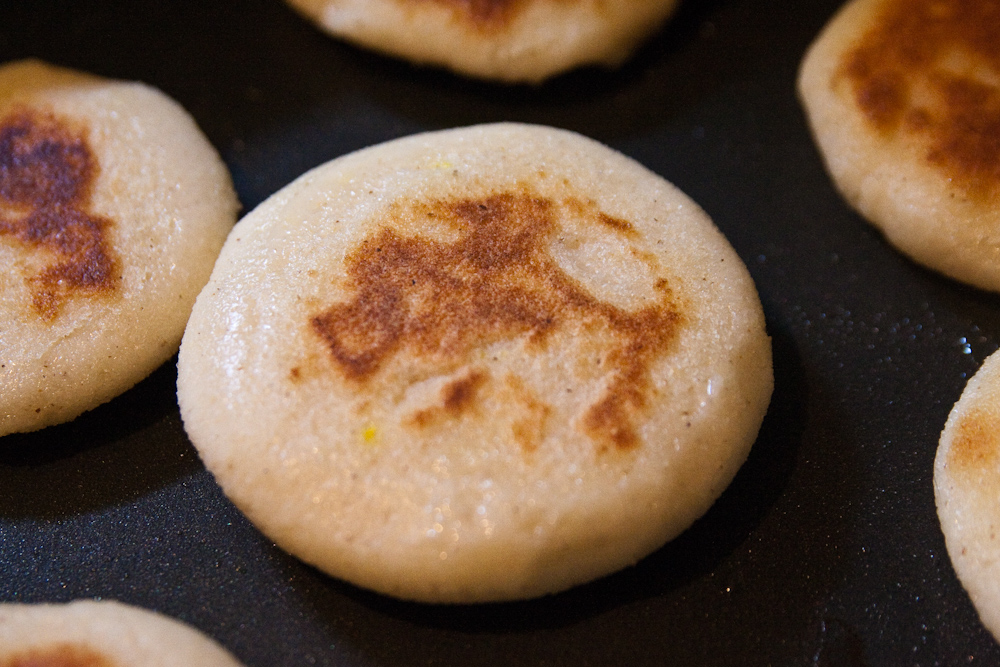
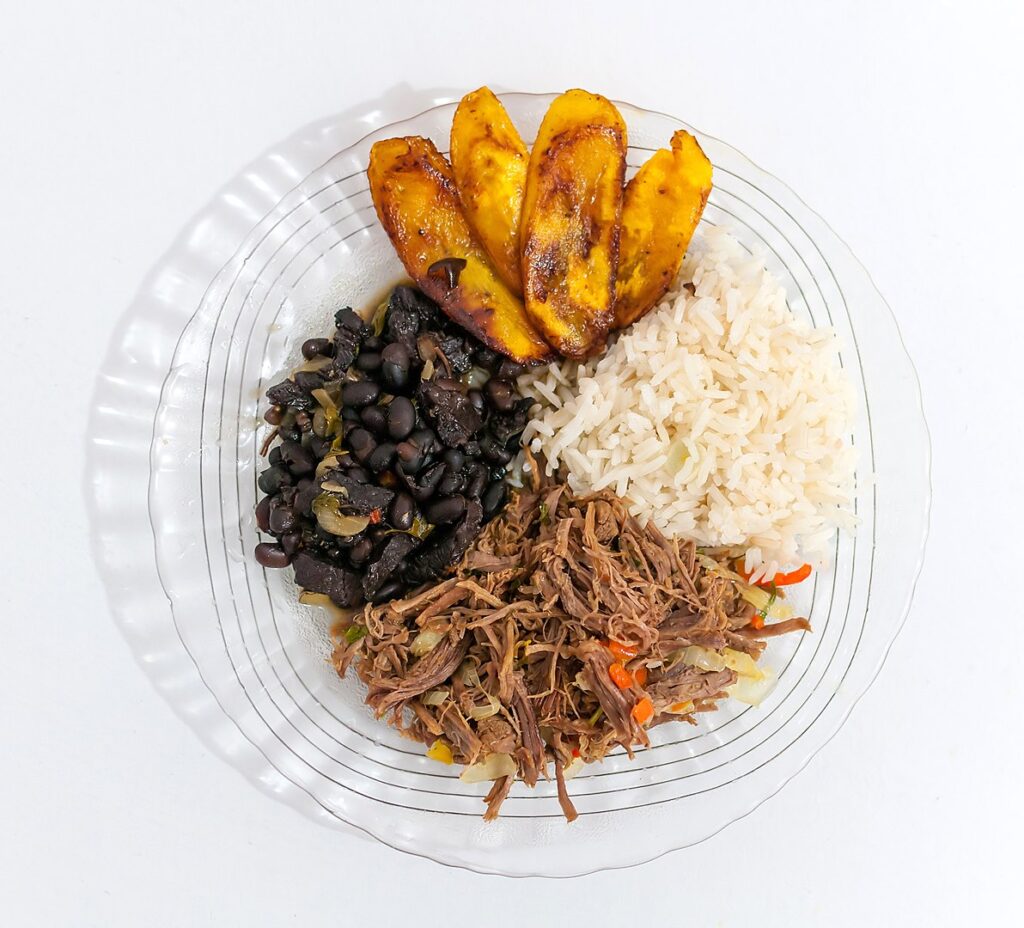

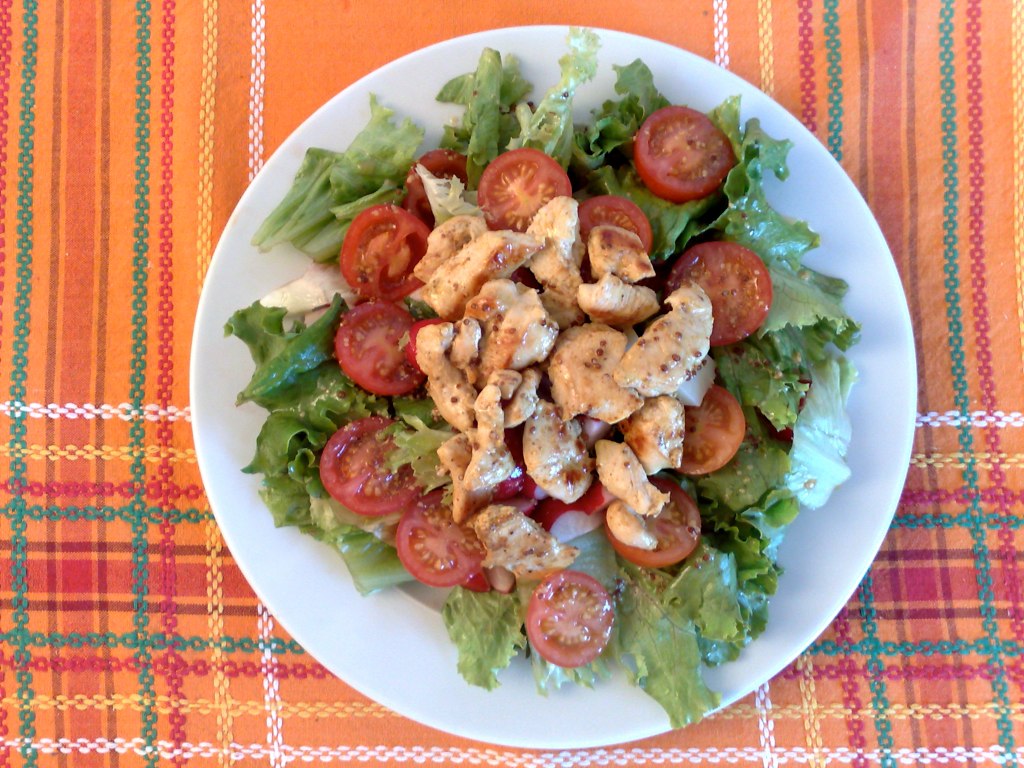
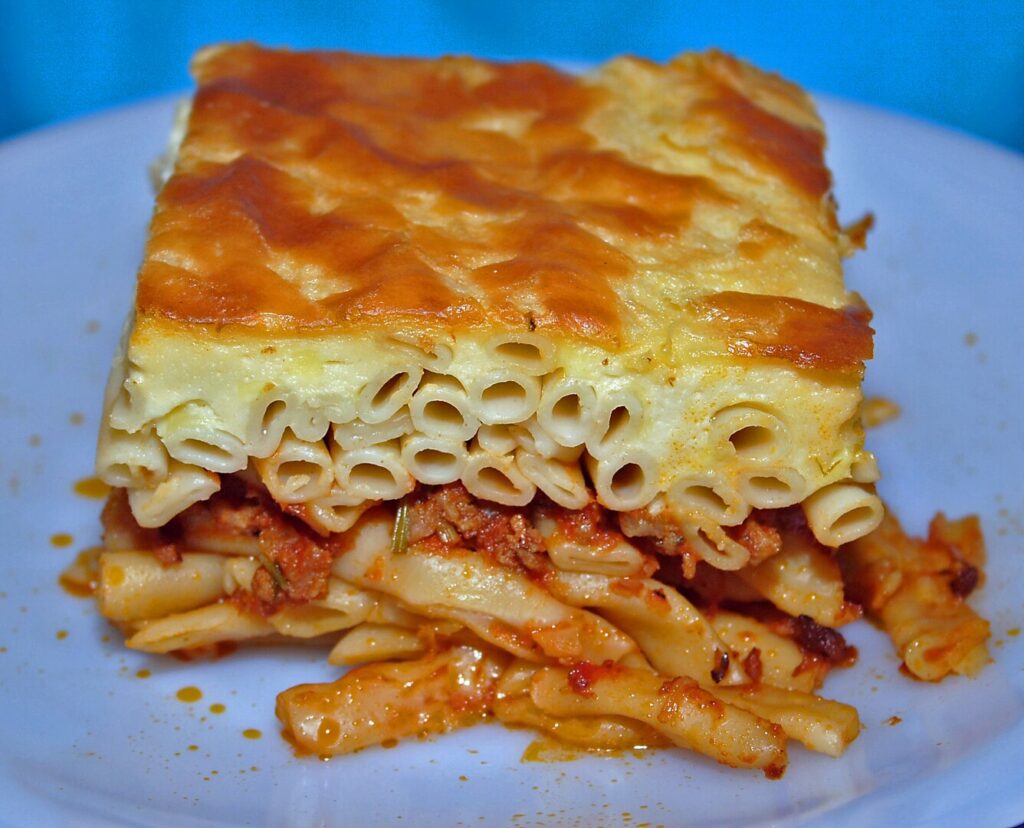
On your Venezuelan cuisine tour, dive into a world of flavors. Start with arepas, Venezuela’s pride. These cornmeal cakes fill the air at street corners, stuffed with cheese or meats.
Next up is pabellón criollo, a dish reflecting the nation’s colors through black beans, white rice, and shredded beef. Savor sweet plantains alongside these meals for an authentic taste journey. Don’t miss trying cachapas; these sweet corn pancakes ooze with melted queso de mano inside – truly a delight!
Quesillo resembles flan but comes uniquely Venezuelan in its caramel sweetness. Each bite tells stories from various regions: the Andes to bustling city streets—showcasing Venezuela’s rich culinary heritage on this tasty exploration.
Colonial Charms of Coro’s Architecture

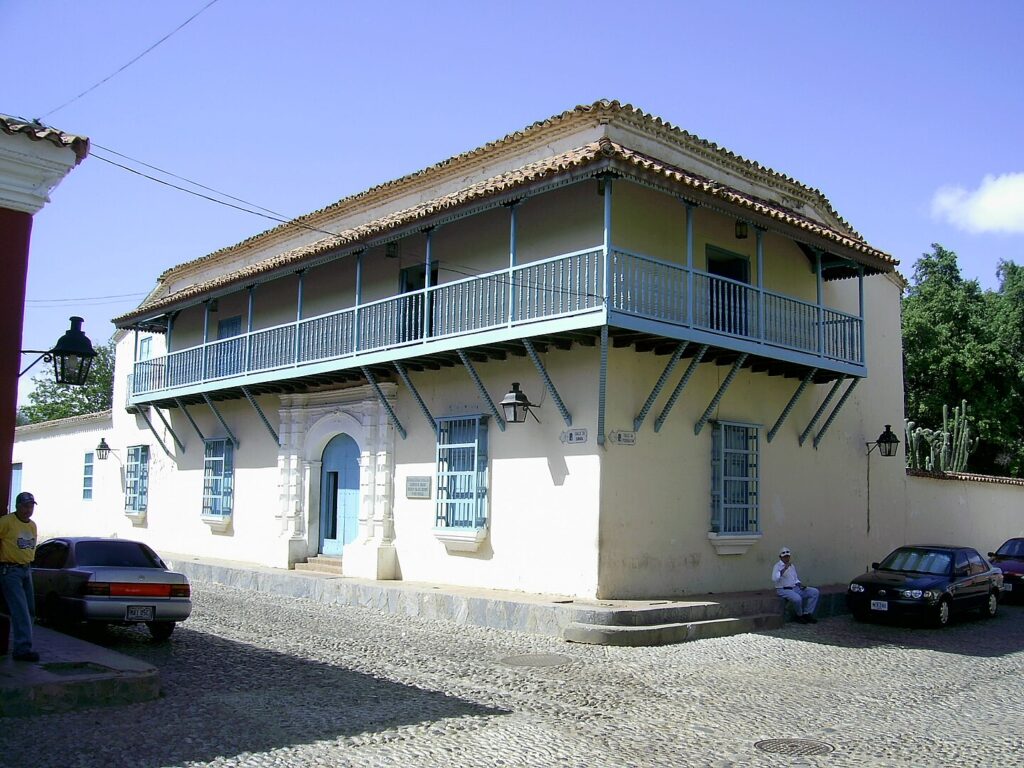
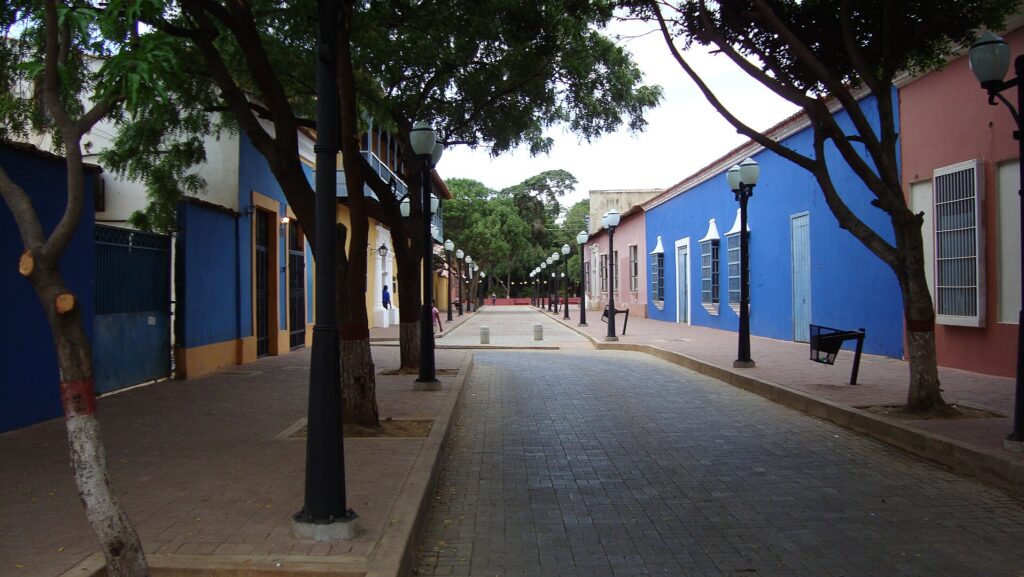
In Coro, you’ll walk on streets straight from a story. This city, proud of its UNESCO status, shows off colorful houses and churches along old stone paths. Imagine walking where every corner turns to a postcard view under the warm wind named after the place itself.
Just outside town, nature plays magic with sand dunes that feel like whispers from an Arabian tale – best seen when day tips into evening and colors dance. Not far away is Paraguaná for those craving sea spray and adventure or quiet walks in hills turning green not long after leaving behind the sandy hues of Coro’s outskirts. Here too are artists finding muse in rugged landscapes and locals brewing coffee rich as their history.
And if your heart leans to mysteries of times gone by, there’re ancient stories told through bones under protective shades at Taime Taime waiting just for you. Plan your visit here; it’s more than buildings—it’s stepping into life scenes set between desert mystery out front doorsteps decorated with echoes from past worlds mingling seamlessly with vibrant nows awaiting around each gentle bend.
The Caribbean Paradise of Los Roques
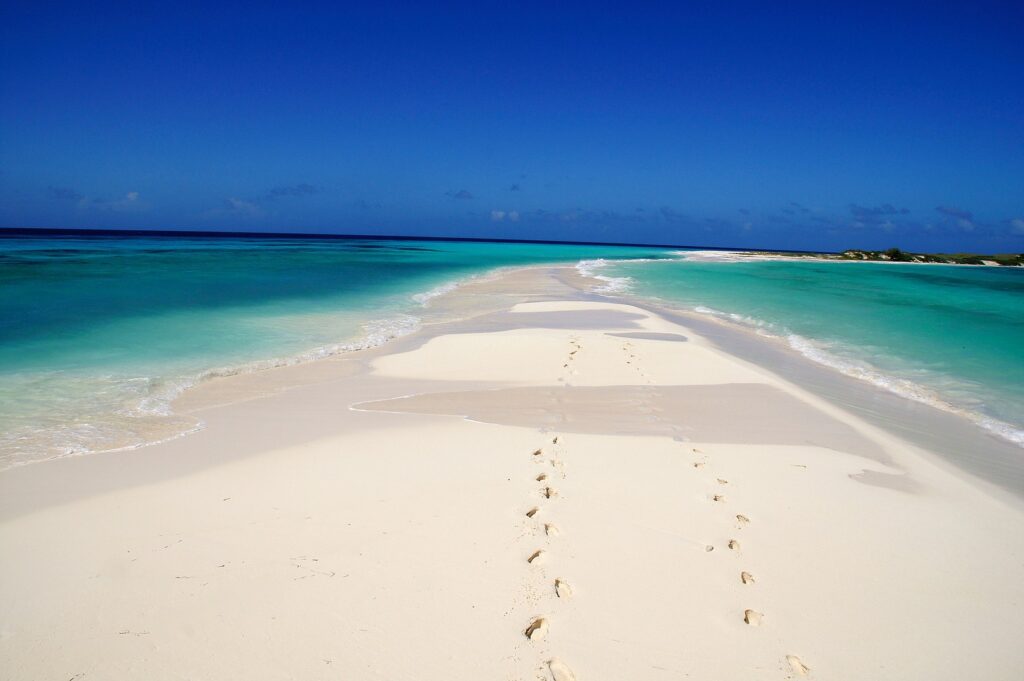
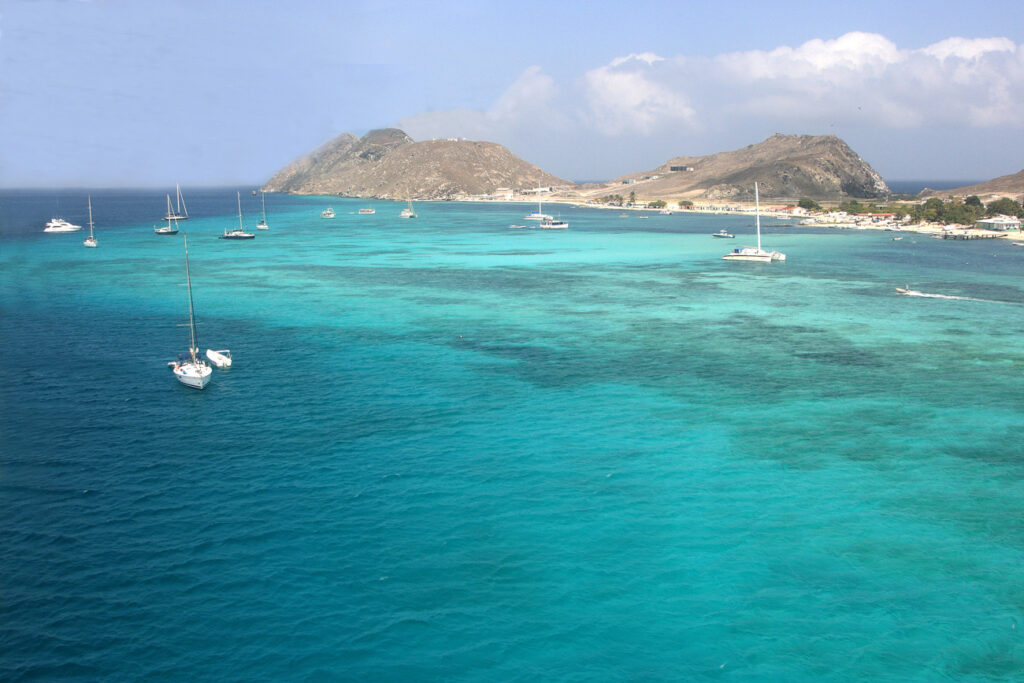

In Los Roques, a Caribbean paradise awaits with white sand and clear water. Unlike some places in Venezuela, here the costs are higher. You might spend around $150 each day for your stay on these stunning islands.
But the beauty of Los Roques is unmatched; its tranquility makes every dollar worth it. For those looking to explore pristine beaches away from big crowds, this place is perfect. It offers peace like no other spot in Venezuela or perhaps even South America.
Think about venturing into crystal waters and relaxing on soft sands under the sun – that’s what you get here but plan your budget carefully as expenses add up quickly compared to mainland options where things tend much cheaper.
Mount Roraima Hiking Essentials
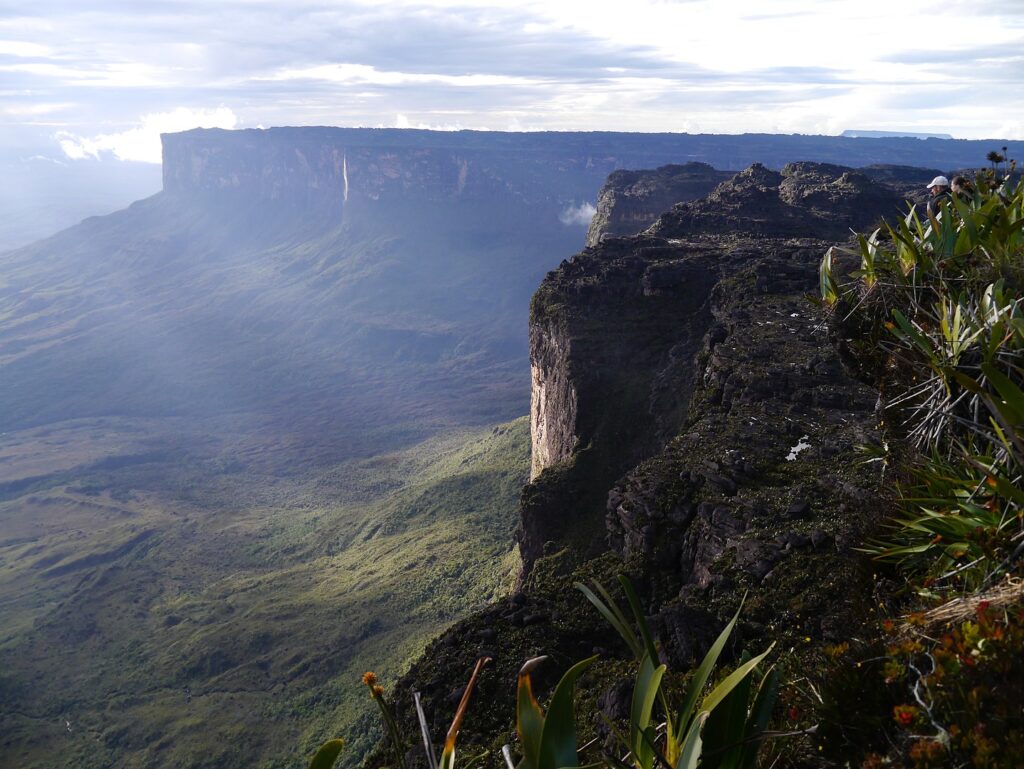


For your hike up Mount Roraima, pack light but smart. You’ll enter a world of strange plants and birds you’ve never seen before. Many live only here!
Remember, the weather changes fast. One minute it’s clear; next, you’re in mist. So bring layers to stay dry and warm.
Your path takes you through the Gran Sabana home to the Pemon people. Respect their land as they guide us through this ancient place. The journey starts with a long drive from Puerto Ordaz, passing busy mining towns on your way to remote beauty.
Prepare for days walking up to an alien summit under endless stars – where even dinosaurs seem possible among tarantulas and flesh-eating blooms! Lastly, know that tepuis like Roraima took ages to form — giving life its unique seat atop our Earth.
Navigating Venezuela Transportation Tips

To navigate in Venezuela, start by getting a local SIM for easier communication and internet. Not all can speak English well here, so some Spanish helps too. Try local foods; they’re unique.
For staying places, choose ones with top reviews close to the city’s heart. In Caracas, as you land at Simón Bolívar International Airport located 8 miles from downtown, expect about a 20-30 minute drive into the city center. Make sure your arrival is smooth by having your exit plans ready; often officers ask to see return flight proofs, sometimes even printed versions.
Plan visits between December and April. This dry season offers sunny days perfect for exploring; wet seasons bring rain and floods but less crowded sights. Remember different areas have varied climates; stay informed on safety and health tips like drinking bottled water and carrying needed vaccines, especially for yellow fever, which is essential considering health standards back home.
Your trip will benefit from careful planning. Check visa needs early as changes happen; safety first, pack smartly, and enjoy safely.
Savoring Local Festivities and Carnivals
Dive into Venezuela’s festivals to feel its heart beat. Catch the carnival before Easter for steel drums and salsa magic. Streets burst with color, thanks to women in stunning costumes over four lively days.
On St.Joseph’s Day, witness bull fights and street parties that shout Spanish influence loud and clear. Head to San Francisco de Yare for a curious sight; men become devil dancers in fearful masks on Corpus Christi day. They march rhythmically, telling age-old tales through music poems – an eerie yet fascinating tradition kept alive here.
In December comes Fiesta de San Benito where dance speaks volumes of history: A celebration of freedom from slavery marked by vibrant moves under the guise of their black saint, el Moro. Each festival invites you inside Venezuelan spirit – pulsating rhythms guide while stories woven into each costume tell more than words ever could. Join locals or make your own mask; every corner offers new ways to join this rich tapestry celebrating life itself.
Wildlife Watching in the Orinoco Delta
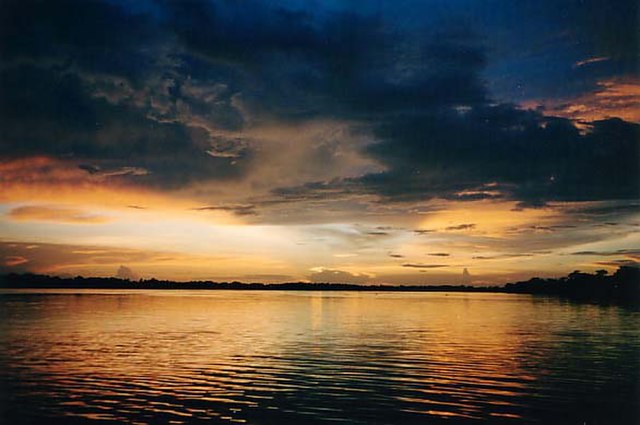
When you go to the Orinoco Delta, leave your big city hopes behind. Here, it’s all about nature. You start at San Jose de Buja.
Leave your car with Victor, head into green waters in a boat powered up and ready. Now think less of big animals; they’re rare here due to thick forests by the water. It’s meeting the Warao people living there for ages—some have motors on their boats now thanks to politics playing out even here.
Staying at Delta Eco Camp feels like stepping back from our rushed lives—no TV or WIFI! Picture this: wooden homes on stilts under palm roofs right above water level blending perfectly with surroundings. Your days are spent exploring hidden spots good for fishing piranha or visiting local farms run by camp individuals themselves where sunset views while having a drink become everyday joy.
And sometimes you fight through plants blocking paths in rivers called bora—it gets wild but that’s part of fun if Alfredo is steering—he knows every turn and twist after years around these parts.
Understanding Venezuelan Safety and Etiquette
When you think of traveling to Venezuela, know it’s key to use your head. Stick to known spots and safe activities. If not ready for such a trip, better wait till you are.
Visitors discovered beauty in our spaces and warmth in local people. The political shifts dubbing us “The forbidden land” mean now is prime time for true exploration free from usual tourist throngs. Trusted sources matter when hearing about safety there; firsthand experiences paint the most accurate picture.
Since reopening mid-2021 after closures, many Europeans explored its wonders with me leading their journey – all finding unique joy without fail. Uki Deane’s recent visits only amplify interest back towards Venezuelan travel marvels. So if authentic adventure calls out to you over beaten paths trodden by others before?
Our doors welcome kindred spirits seeking both nature’s grandeur and genuine human connections missed by mainstream trails.
Traveling to Venezuela in 2024 offers a rich mix of beauty and adventure. From the high peaks of the Andes to the deep blue waters of the Caribbean, each spot tells its own story. Enjoy lively music, tasty food, and warm people along your journey.
Keep safety tips in mind as you explore this vibrant country. Whether it’s hiking through lush forests or relaxing on sun-kissed beaches, Venezuela holds wonders for every traveler seeking unforgettable experiences in South America next year.
Discover a wealth of valuable travel articles by visiting our blog page, brimming with an abundance of tips, guides and inspiration for your upcoming adventures. Whether you’re in search of insider knowledge on unexplored destinations or seeking pocket-friendly advice to facilitate budget travel – we cater to every kind! Our wanderlust-inducing storytellers ensure that each journey is enthralling; curated collections take the reader on a voyage through hidden gems and invite them into their next unforgettable destination where they will be carried away by exploration.


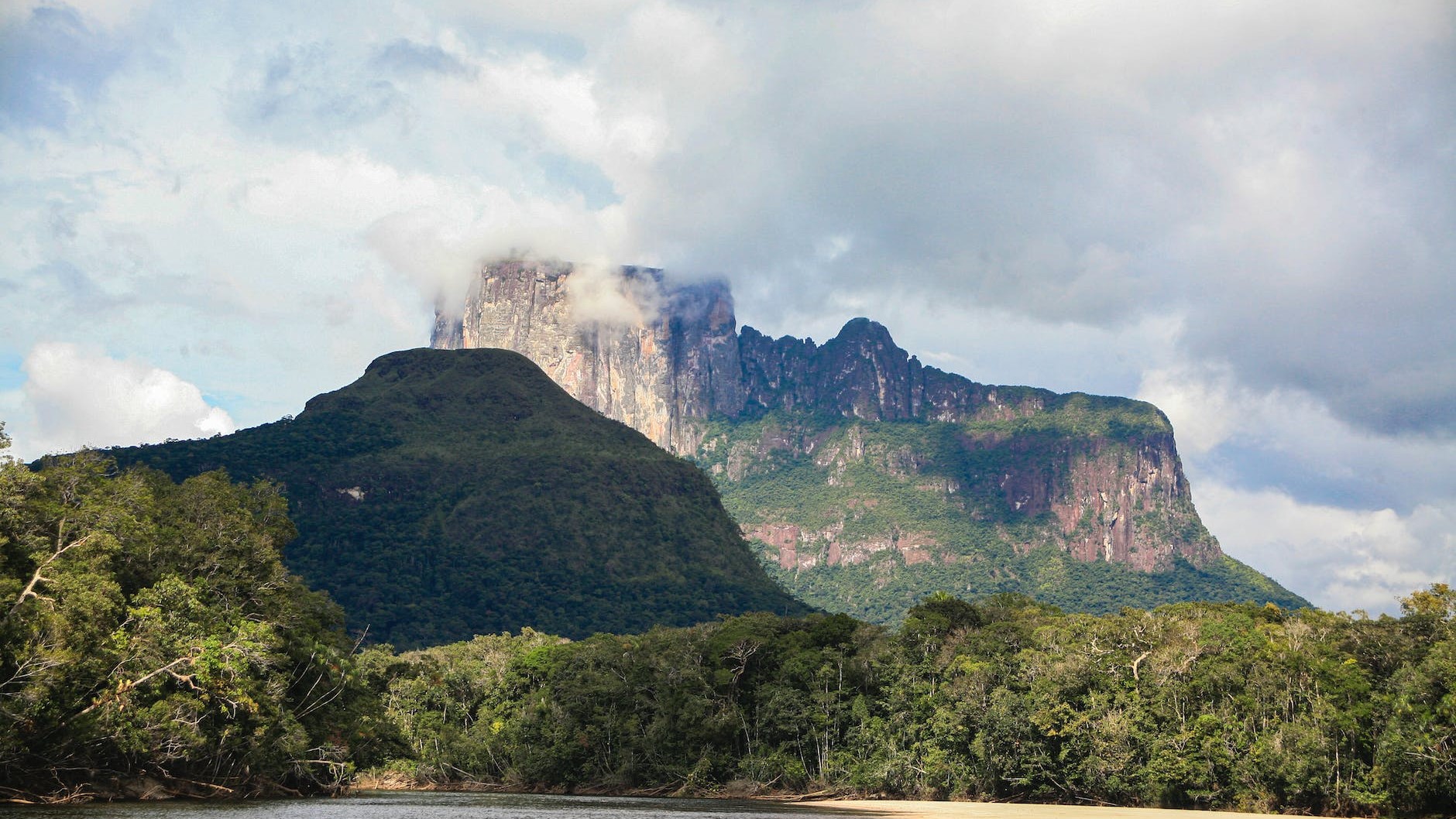


Leave a Reply